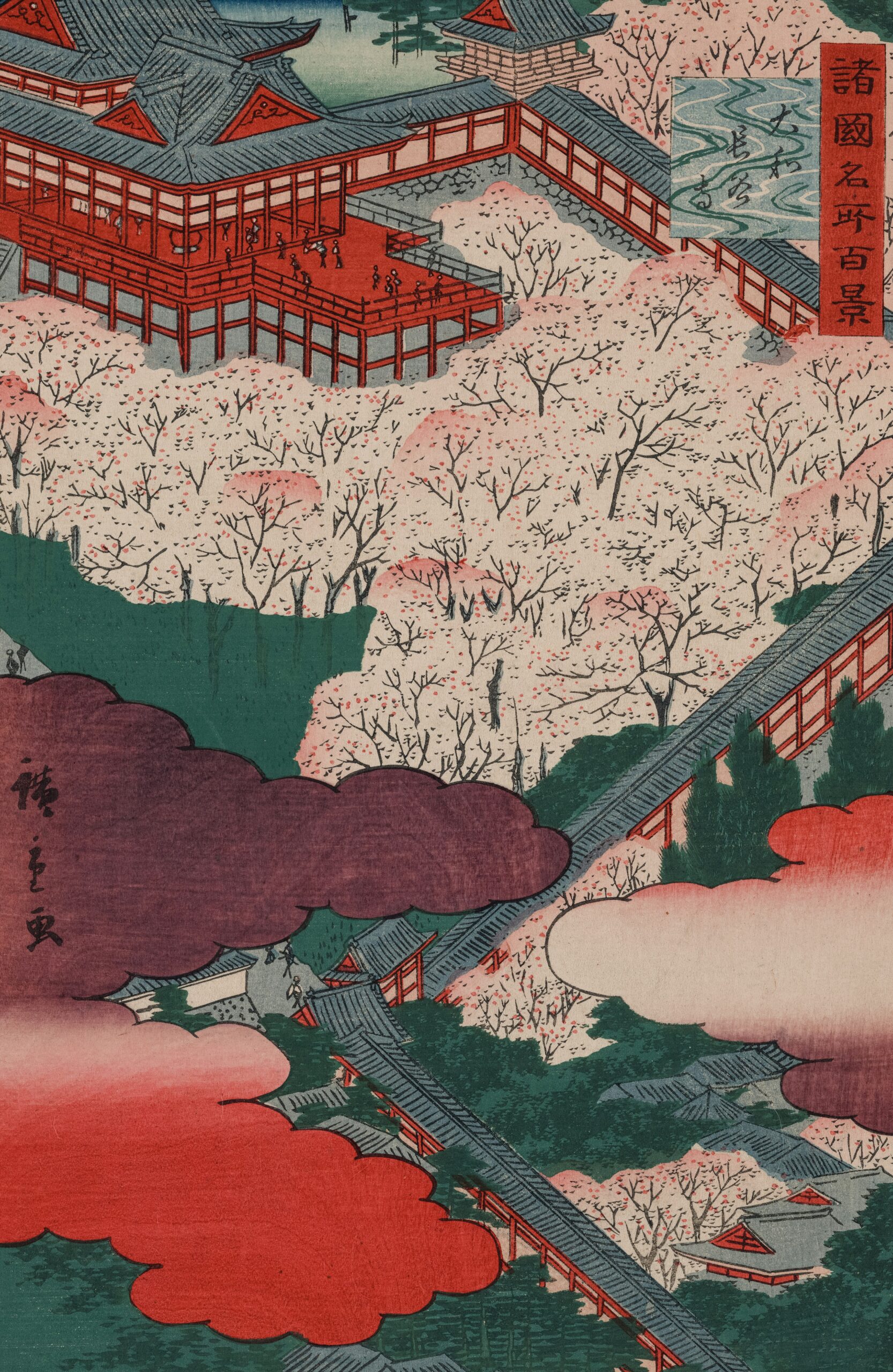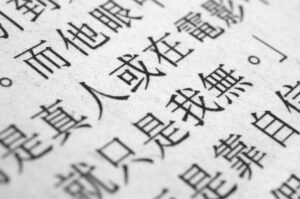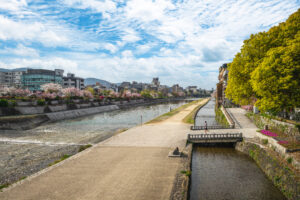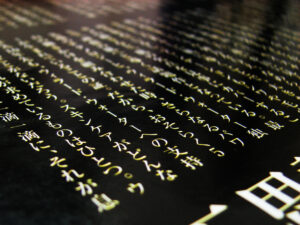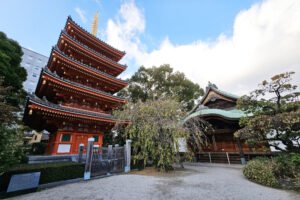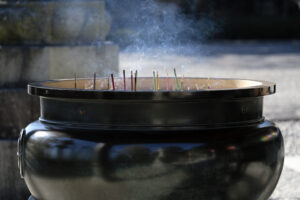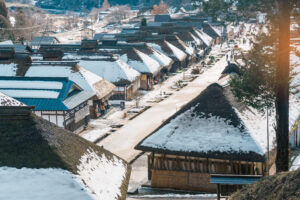In the tapestry of Japan’s rich history, few periods stand as vividly iconic as the Tokugawa Era. Spanning from 1603 to 1868, this epoch marked a transformative phase in which Japanese culture not only blossomed but also solidified into forms that continue to captivate the world. The era, named after the Tokugawa shogunate that led Japan through over two and a half centuries of relative peace, witnessed unparalleled developments in politics, economics, art, and society. This article delves into the multifaceted legacy of the Tokugawa period, unveiling the layers of cultural efflorescence that defined this golden age of Japanese civilization.
Tokugawa Era: A Historical Overview
The Tokugawa Era, inaugurated by Tokugawa Ieyasu’s triumph at the Battle of Sekigahara in 1600, heralded a period of unprecedented stability and unity in Japan. Ieyasu’s establishment of the shogunate in 1603 in Edo (modern-day Tokyo) marked the commencement of a governance system that would last for more than 250 years. This period saw the consolidation of power in the hands of the shogun, the daimyo becoming vassals to the centralized authority, and the country turning inward, with a focus on internal development and social order. The era was characterized by the sakoku policy of national isolation, a rigid social hierarchy, and a flourishing of arts and culture. The relative peace and stability of the period provided a fertile ground for economic and cultural growth, setting the stage for the modernization of Japan.
Shogunate Politics: Stability and Isolation
The political landscape of the Tokugawa Era was defined by a careful balancing act. The shogunate implemented a system of alternate attendance (sankin-kotai), requiring daimyo to spend every other year in Edo, effectively holding their families as hostages to ensure loyalty. This, coupled with strict social hierarchies and the sakoku policy of closed borders, ensured peace and stability throughout the land. The isolationist policies, while limiting foreign influence and trade, also protected Japan from colonial ambitions and allowed for the development of a distinctly Japanese culture. The Tokugawa shogunate managed to keep the country unified and maintain social order through a combination of political savvy and repressive measures, laying the groundwork for economic and cultural development.
Economic Growth in Edo Period Japan
The peace and stability of the Tokugawa Era fostered an environment ripe for economic growth. The period saw the rise of a vibrant merchant class and the development of a cash economy, with Edo (Tokyo), Osaka, and Kyoto emerging as bustling urban centers. Agrarian reforms and advances in irrigation improved agricultural productivity, supporting population growth and urbanization. The growth of commerce and the rise of a consumer culture led to the flourishing of arts and crafts, with artisans and merchants becoming an important part of society. This economic vitality was not only confined to the cities; rural areas too saw improvements in living standards and the gradual emergence of a market-oriented economy.
Artistic Innovations: Ukiyo-e to Kabuki
The Tokugawa Era was a golden age for Japanese art, with the flourishing of genres that continue to define Japanese aesthetics. Ukiyo-e, a genre of woodblock prints, depicted the fleeting beauty of the floating world, capturing scenes of nature, city life, and the kabuki theater. Kabuki itself evolved during this period into a popular form of entertainment, with elaborate costumes, dramatic storytelling, and stylized performances captivating audiences. The period also saw the development of other art forms, including haiku poetry, noh theater, and the tea ceremony, each contributing to a rich cultural tapestry that celebrated the beauty and transience of life.
The Rise of the Samurai Class
Though the era is often associated with peace and stability, the samurai class remained a central element of Tokugawa society. The samurai served as the military and administrative arm of the shogunate and daimyo, with their status being both a privilege and a burden. The peace of the era meant that many samurai turned to bureaucratic and administrative roles, with a focus on education, arts, and culture. The Bushido code, emphasizing loyalty, honor, and discipline, guided their conduct, shaping not only the samurai class but also Japanese society at large. Despite their diminished role as warriors, the samurai class played a key role in the governance and cultural development of Tokugawa Japan.
Zen Buddhism and Shinto: Spiritual Pillars
Zen Buddhism and Shinto were the dominant spiritual forces in Tokugawa Japan, each playing a crucial role in shaping the era’s cultural and philosophical outlook. Zen Buddhism, with its emphasis on meditation, simplicity, and the pursuit of enlightenment, influenced various aspects of Japanese culture, from the arts to the samurai ethos. Shinto, with its focus on kami (gods or spirits) and the sacredness of nature, permeated daily life and rituals, reinforcing a sense of national identity and continuity. Together, these spiritual traditions fostered a worldview that emphasized harmony, respect for nature, and the importance of community, contributing to the distinct character of Tokugawa society.
Education and Literacy: The Terakoya Schools
The Tokugawa Era witnessed significant advancements in education and literacy, driven by the establishment of terakoya (temple schools). These schools, initially intended for the children of samurai, eventually opened their doors to the common folk, leading to a remarkable increase in literacy rates across the social spectrum. The curriculum, focused on reading, writing, and Confucian classics, prepared students for a range of roles, from bureaucratic positions to informed merchants. The spread of literacy and education contributed to the vibrant intellectual and cultural life of the period, enabling the dissemination of ideas and promoting social mobility.
The Role of Women in Tokugawa Society
Women in Tokugawa Japan navigated a complex social landscape. While officially subservient to men, many women managed households, contributed to family businesses, and engaged in artistic and cultural pursuits. The era produced notable female writers and artists, though their contributions were often overshadowed by those of their male counterparts. The Confucian ideology of the time placed significant restrictions on women’s roles and freedoms, yet in practice, women’s experiences varied widely depending on class, region, and circumstance, with some wielding considerable influence within their domains.
Foreign Relations: Sakoku Policy Explained
The sakoku (closed country) policy was a cornerstone of Tokugawa foreign relations, severely restricting trade and interaction with the outside world. Initiated in the early 17th century, this policy aimed to eliminate foreign influence, particularly that of Christianity, and maintain the shogunate’s control. Despite its isolationist stance, Japan maintained limited but significant trade relationships with China, Korea, the Ryukyu Kingdom, and the Dutch, who were allowed to operate out of Dejima in Nagasaki. This controlled engagement with foreign powers ensured that Japan remained informed of global developments while preserving its sovereignty and culture.
The Way of the Warrior: Bushido Ethics
Bushido, the "way of the warrior," was the ethical code that guided the samurai class and, by extension, much of Tokugawa society. Emphasizing virtues such as loyalty, honor, and self-discipline, Bushido influenced not only martial practices but also governance, education, and daily life. The era’s relative peace saw the transformation of Bushido from a purely martial code to a philosophy that also encompassed public service, wisdom, and cultural pursuits. This evolution reflected the changing role of the samurai in a society that valued stability and order over warfare and conquest.
Tokugawa Cuisine: A Culinary Renaissance
The culinary landscape of Tokugawa Japan experienced a renaissance, with the era’s peace and prosperity leading to remarkable innovations in food culture. The period saw the refinement of traditional Japanese cuisine, including sushi, tempura, and soba, along with the introduction of new ingredients and cooking methods. The culture of food was elevated by the tea ceremony, which blended culinary art with philosophy, and by the burgeoning street food scene in urban centers. This rich culinary tradition reflected the era’s emphasis on aesthetics, seasonality, and the enjoyment of the simple pleasures of life.
End of an Era: Transition to Modernity
The Tokugawa Era came to a close with the Meiji Restoration in 1868, a pivotal moment that marked Japan’s transition from feudal society to modern nation-state. The restoration was driven by internal pressures and the threat of foreign domination, leading to the overthrow of the Tokugawa shogunate and the establishment of a centralized, imperial government. This transition ushered in a period of rapid modernization and westernization, transforming the economic, political, and social fabric of Japan. While the Tokugawa Era ended, its cultural and philosophical legacies continue to influence Japan, serving as a foundation for the country’s modern identity.
The Tokugawa Era remains one of the most fascinating and influential periods in Japanese history, a time when culture, art, and society flourished under the shogunate’s rule. From the political stability that allowed for economic growth, to the artistic and intellectual innovations that enriched Japanese culture, this period laid the groundwork for Japan’s emergence as a modern power. As we look back on this golden age, the legacy of the Tokugawa shogunate continues to captivate and inspire, offering timeless insights into the enduring beauty and complexity of Japanese culture.
